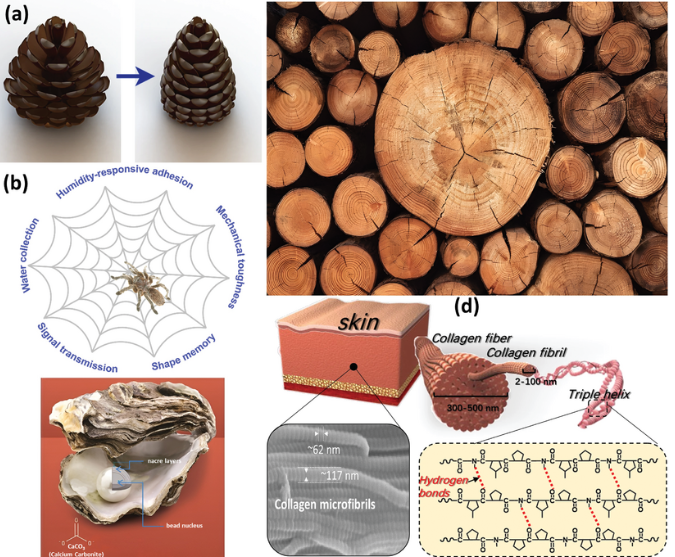Revolutionizing Medical Equipment: Chengdu's Breakthrough in 3D Printing Technology
- Aniksha Kar
- Aug 15, 2024
- 3 min read

In a significant advancement for medical technology, West China Pitech has unveiled the world’s first 3D printing system specifically designed for medical equipment in Chengdu, southwest China. This innovative technology is already making waves, being implemented in sixteen provinces and regions across the country. The potential impact of this development on patient care and rehabilitation is immense.The Innovation Behind 3D Medical PrintingThe state-of-the-art 3D medical printing systems developed by West China Pitech are capable of producing external fixation supports that function similarly to traditional plaster casts. These devices are crucial in emergencies and for aiding patients in their recovery from injuries. The technology stands out not only for its purpose but also for its efficiency.According to Sun Miao, General Manager of West China Pitech, their 3D HSP printer has significantly reduced production time. Traditional methods typically take five to six hours to produce a cast, whereas the new 3D printing technology completes the task in about 20 minutes. This drastic reduction in printing time is essential for improving patient experiences and ensuring timely treatment.Advancing Rehabilitation with Interactive TechnologyBeyond creating external fixation supports, West China Pitech has also developed a rehabilitation robot that incorporates interactive games, such as Mahjong. This innovative approach aims to assist patients in their recovery, particularly those needing upper limb rehabilitation.Zhang Tailue, Head of the Logical Feature Team at West China Pitech, highlights the functionality of the rehabilitation robot. Patients can engage with the robot to shuffle cards and perform other interactive tasks, which not only aids in physical recovery but also promotes active participation. The system is designed to adapt the level of difficulty and resistance according to the personalized needs of each patient, making rehabilitation more effective and engaging.Accessibility and Community FocusOne of the core objectives of West China Pitech is to make this advanced technology accessible to communities and homes. The company envisions a scenario where elderly patients can conveniently access rehabilitation equipment in their local communities, allowing them to complete exercises in just a few minutes a day. This approach emphasizes the importance of providing quality healthcare solutions that are both affordable and user-friendly.As Chengdu continues to enhance its medical sector through innovations like 3D printing, there is a notable shift in focus from purely business-driven objectives to prioritizing customer needs. This change is part of a broader movement to ensure that advanced medical products are accessible to more people, particularly at lower costs.Embracing AI in Medical TechnologyThe ongoing advancements are further bolstered by a commitment to integrating artificial intelligence into the medical field. As stated during China’s Third Plenary Session, the push for new quality productive forces is gaining momentum, with Chengdu taking the lead in applying AI technologies in healthcare. This initiative not only aims to improve product development but also seeks to engage the younger generation in research and innovation.By bringing in more Generation Z members into research teams, West China Pitech is positioning itself to foster a culture of innovation that is responsive to the needs of modern healthcare. The goal is to ensure that as technology advances, it remains aligned with the needs and expectations of patients.ConclusionChengdu’s development of the world’s first 3D printing technology for medical equipment represents a monumental leap forward in patient care and rehabilitation. By significantly reducing production times and enhancing accessibility, West China Pitech is transforming the landscape of medical technology. The integration of interactive rehabilitation tools and a commitment to AI further illustrate the company’s dedication to improving the quality of life for patients across China. As this technology continues to evolve, it promises to set new standards for healthcare, making advanced medical solutions more accessible and affordable for everyone.




Comments